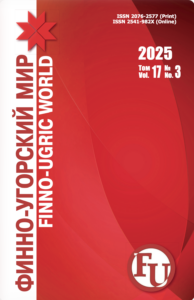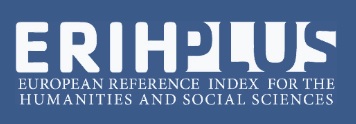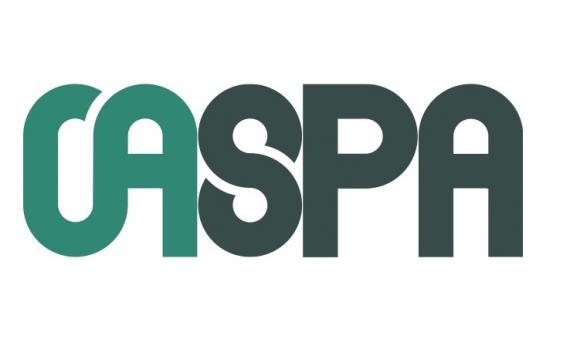Original article
https://doi.org/10.15507/2076-2577.017.2025.01.021-034
EDN: https://elibrary.ru/wskmuf
УДК / UDC 81’443:811.511.152.2
Morphonological Features in the Paradigm of the Main Declension in the Suzgar Type of Moksha Dialects in the Ruzaevsky Area
G. S. Ivanova
a National Research Mordovia State University, Saransk, Russian Federation
L. P. Vodyasova
Mordovian State Pedagogical University named after M. E. Evseviev, Saransk, Russian Federation
N. V. Ivanova
Admiral Senyavin Maritime Technical Academy, St. Petersburg, Russian Federation
Abstract
Introduction. The Moksha dialects of the Ruzaevsky district in the Republic of Mordovia are unique in their composition, as they encompass all three types of dialects – äkaing, ekaing, and ikaing – within a relatively small geographical area. To date, the dialects of the Ruzaevsky region have not been studied in depth, and there is a notable absence of research focused on morphonological features in the paradigm of nominal declension. The aim of this study is to examine the paradigm of the primary declension in the Moksha dialects of the Suzgariy type and identify their morphonological characteristics.
Materials and Methods. The study was based on dialectal speech samples collected by the authors during field expeditions to the Ruzayevsky district of the Republic of Mordovia, as well as data from the dictionary collection of the Department of Mordvin Languages at the Philological Faculty of National Research Mordovia State University. The dialectal material was analyzed using a combination of synchronic-descriptive, comparative-historical, and structural research methods.
Results and Discussion. The analysis of the available dialectal material has shown that the Suzgar type of speech is an “eka” dialect. It is less archaic compared to the “äka” dialects of the Levzhin region. In the dialects under study, within the paradigm of the primary declension, under the influence of certain phonetic processes during the agglutination of relational affixes, the initial noun stems exhibit varied behavior: in some cases, the stem is preserved, in others, there is lengthening or shortening. Historical stems may be restored, there can be a systematic voicing of the final voiced consonant of the stem, the vowel of the stem is preserved in some phonetic positions, and in others, it is reduced to a mid-height vowel, with shifts in the articulation of the final vowel towards the back of the mouth.
Conclusion. For the first time in Mordovian linguistics, the authors explore the morphonological features of the dialects from this region. The study of the features of the Suzgar dialects within the paradigm of the primary declension will reveal the distinguishing characteristics of this dialect type in the area of nominal inflection and, to some extent, contribute to the understanding of the development of the dialectal system of the Ruzaevsky region. This article contributes to the study of the dialectal morphonology of the Moksha language and enriches the general theory of this linguistic phenomenon.
Keywords: Moksha language, dialect, declension paradigm, morphological features, base, affix, assimilative processes
Funding: The publication was prepared within the framework of the implementation of the RSF grant № 25-28-00193 “Digital description of Moksha dialects of the Ruzaevsky district of the Republic of Mordovia”.
Conflict of interest: The authors declare no conflict of interest.
For citation: Ivanova G.S., Vodyasova L.P., Ivanova N.V. Morphonological Features in the Paradigm of the Main Declension in the Suzgar Type of Moksha Dialects in the Ruzaevsky Area. Finno-Ugric World. 2025;17(1):21–34. https://doi.org/10.15507/2076-2577.017.2025.01.021-034
Information about the authors:
Galina S. Ivanova, Dr.Sci. (Philol.), Professor, Department of the Mordovian Languages, National Research Mordovia State University (68 Bolshevistskaya St., Saransk 430005, Russian Federation), ORCID: https://orcid.org/0000-0001-7717-543X, SPIN-code: 9672-5363, galina17-05@yandex.ru
Lyubov P. Vodyasova, Dr.Sci. (Philol.), Professor, Department of the Native Language and Literature, Mordovian State Pedagogical University named after M. E. Evseviev (11A Studencheskaya St., Saransk 430007, Russian Federation), ORCID: https://orcid.org/0000-0001-6767-6337, SPIN-code: 8388-6461, LVodjasova@yandex.ru
Natalja V. Ivanova, Cand.Sci. (Philol.), Lecturer, Department of the English Languages, Admiral Senyavin Maritime Technical Academy (189 Narodnogo Opolcheniya Prospect, St. Petersburg 198260, Russian Federation), ORCID: https://orcid.org/0000-0001-6860-1003, nataliva1990@mail.ru
Author`s contribution:
G. S. Ivanova – ideas; formulation or evolution of overarching research goals and aims; preparation and creation of the published work by those from the original research group, specifically critical review, commentary or revision – including pre- or post-publication stages.
L. P. Vodyasova – ideas; formulation or evolution of overarching research goals and aims; development of methodology.
N. V. Ivanova – conducting a research and investigation process, specifically performing the data.
All authors have read and approved the final manuscript.
Submitted 02.01.2025; revised 16.02.2025; accepted 22.02.2025.






















